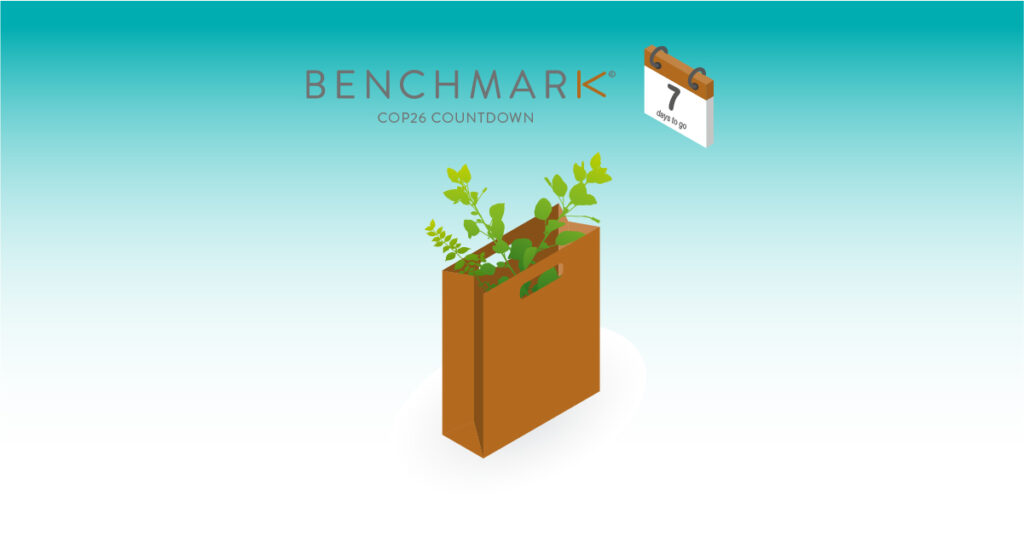
Plastic, if not managed responsibly, can have disastrous effects on the environment, Plastic is made of non-renewable sources, e.g. oil, whereas paper comes from trees, which are renewable. Paper is much more easily recycled and is far less harmful for wildlife and sea life if discarded.
Paper is re-pulped when recycled and does not rely on chemical reactions to break it down, like plastic does. However, paper-based flexible packaging is often laminated with plastic/aluminium or coasted with resin which results in it being non-recyclable.
EU directives have targeted packaging as part of a Green New Deal with an exclusive focus on plastics, not paper. Focus remains on the end-of-life disposal of packaging rather than the environmental cost of production and distribution of packaged products.
The best solution to a more sustainable packaging industry is operating with a circular economy, reusing and extracting less raw materials.
Recent Posts
- European Parliament Votes to Postpone Corporate Due Diligence and Sustainability Reporting Requirements
- Financial Markets vs. Sustainability Markets in Packaging
- How prepared are you for the Packaging and Packaging Waste Regulation (PPWR)?
- Green Claims Regulation: A Global Perspective on Environmental Marketing
- The Environmental and commercial Impact of Packaging (Facts, Figures and a solution)
Categories
Tags
carbon calculator
carbon emissions
Carbon footprint
Carbon Footprinting
carbon management
Carbon modelling
Carbon software
Education
End of life
Granular
Interview
Packaging
Packaging Footprint
Packaging Industry
Packaging Innovation
Plastic Packaging Tax
Plastics
Plastic Tax
SKU
Supply chain
Support
Sustainable Packaging







Recent Comments